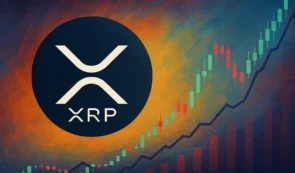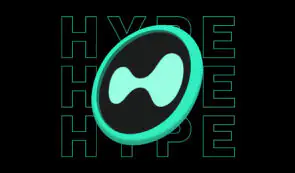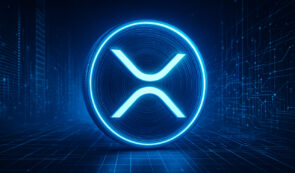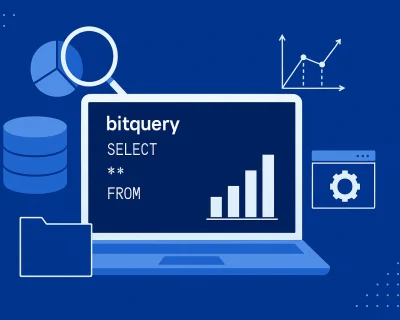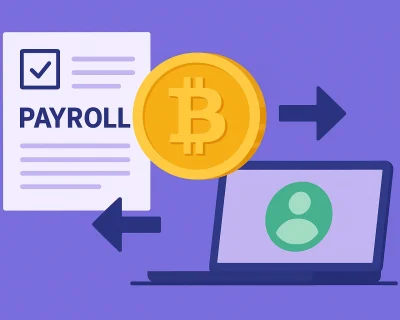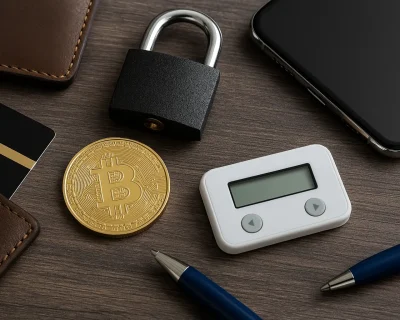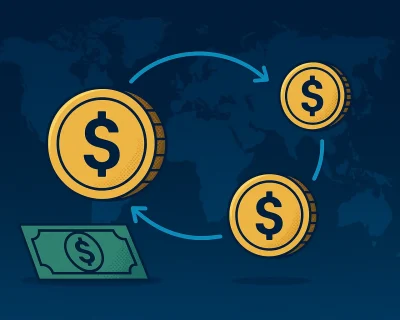How Much is PI Coin Worth in 2025?
The excitement was short-lived. After years of waiting, Pi Coin finally became tradable, but it faced extreme price fluctuations instead of a constant rise. Early adopters rushed to sell, sending its value into a nosedive. Many are asking how much is Pi Coin worth in 2025 and whether it will stabilize.
Market uncertainty is nothing new in crypto, but Pi Network’s value swings have divided investors. Some believe it’s just the beginning, while others see it as a warning sign.
So, what is the price of Pi Coin telling us?
What is Pi Network?
Pi Network started as an experiment, but since then, it has developed its blockchain using the Stellar Consensus Protocol (SCP). Unlike traditional mining, Pi Network operates through a trust-based consensus mechanism, allowing millions to mine Pi with minimal effort, doing it on their phone without draining their battery or needing expensive hardware.
Created in 2019 by Stanford PhDs Nicolas Kokkalis and Chengdiao Fan, it quickly gained millions of users who mined Pi daily, hoping it would one day be worth something.
Now that the project has moved beyond speculation, its price movements reveal a new reality, one that investors are closely watching.
Pi Coin Value and Market Analysis
As of February, the Pi coin’s value is $1.60 USD, with a 24-hour trading volume of approximately $625.93 million. The market cap and current circulating supply are unavailable as Pi Coin is still transitioning from its enclosed network phase.
Several factors influence Pi Coin’s value and market performance:
- Early Miner Activity: Following its market debut, many early adopters sold their Pi holdings, leading to a price drop of over 55% within 24 hours. The Pi IOU price saw similar fluctuations before stabilizing.
- Exchange Listings: Pi Coin is unavailable on platforms like Binance, limiting its liquidity. However, its trading volume remains high on other exchanges, showing continued interest.
- Market Speculation: Pi Network is still developing its developer platform and expanding its real-world applications, so uncertainty about its utility keeps the price volatile.
- Pi Today & USD Chart: Pi today has fluctuated between $1.50 and $1.65, reflecting ongoing volatility. The USD chart shows sharp movements, with traders watching for signs of stabilization.
- Pi Rank and Highest Price Paid: Pi Coin has not yet reached a stable rank among cryptocurrencies due to missing market cap data. The highest price paid for Pi Coin was $330.65 during previous speculative trading.
User sentiment towards Pi Coin is mixed. While some appreciate its mobile mining model and strong community, others express concerns about its liquidity and long-term adoption.
Pi Coin Price Prediction and Future Value
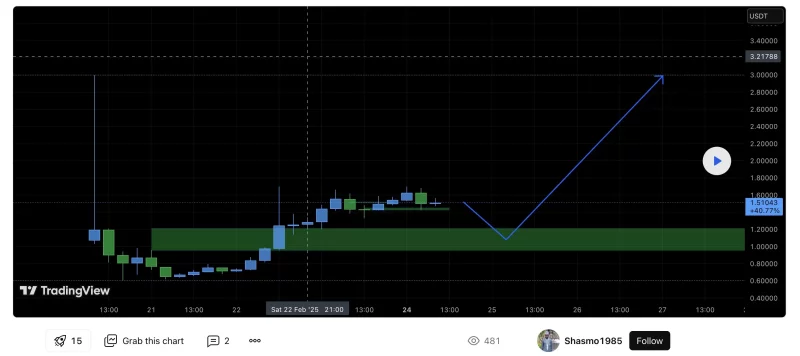
- Short-Term Forecasts: Analysts suggest that Pi Coin could reach $3.93 by the end of March 2025, representing a 240% potential increase from its current price.
- Long-Term Projections: Some estimates predict that Pi Coin’s price could range between $93.41 and $220.46 in 2025, depending on exchange listings, network growth, and adoption.
With no confirmed data on its circulating supply or market cap, Pi Coin’s real value will depend on how well its network utility, trading volume, and developer platform evolve in the coming months.
How Was Pi Network Launched?
Pi Network launched on March 14, 2019, as a mobile-friendly cryptocurrency. It follows a three-phase development plan:
- Beta Phase – Built the user base.
- Testnet Phase – Tested the blockchain before public release.
- Mainnet Phase – Officially launched on December 28, 2021, but remains in the Enclosed Mainnet phase, restricting external trading.
The Enclosed Mainnet was introduced to secure the network, complete KYC verification, and prepare for Open Mainnet, when Pi will become fully tradable. Instead of traditional mining, users earn Pi by checking in daily, ensuring network participation without consuming computational resources.
As of 2025, Pi Network has surpassed 60 million users, marking noteworthy growth as anticipation for the Open Mainnet launch increases. The mining rate, which started at 3.1 Pi per hour, has gradually decreased as the network expanded, now sitting at 0.1 Pi per hour.
Pi’s future value and market adoption will depend on its transition to Open Mainnet, integration with real-world applications, and exchange availability.
How Does Pi Network Work?
Pi Network doesn’t rely on traditional mining. Instead, users confirm transactions by building security circles, a trust-based system that keeps the network running without draining power or needing expensive hardware.
Since Pi is still evolving, its real impact will depend on how well it integrates into everyday use. For now, it’s a growing ecosystem where users earn Pi by staying active and connected.
Unauthorized Pi Network Token Listings
On December 29, 2022, Huobi Global, a popular crypto exchange, announced the listing of a digital currency called PI, claiming it was the native token of Pi Network. This announcement triggered a change in Pi price. However, Pi Network quickly addressed this problem and ensured that users understood that these listings were unauthorized and had no connection to the official project. Since Pi was still in its Enclosed Mainnet phase, external trading was not allowed, and users were warned to avoid buying or selling these tokens.
Even now, in 2025, fake Pi tokens continue to appear on unauthorized platforms. The team advises trading only on approved exchanges that have passed their KYB verification to protect users. Unofficial listings could lead to losses, as the network does not back them.
Pi Network urges its community to stay updated through official channels and avoid unverified platforms to protect their holdings.
FAQ
Is the Pi network safe?
Pi Network’s safety depends on user awareness. While the official Pi Network has a structured roadmap, concerns remain about its legitimacy and long-term value. Users should stay cautious and rely on official updates.
Does the Pi network have a future?
Pi Network’s future relies on the Open Mainnet launch and official Pi Network exchange listings. Some predict the Pi price could rise, but its true potential remains uncertain without real trading data.
Who are the Pi network users?
Pi Network consists of Pioneers, Contributors, Ambassadors, and Node operators. Pioneers mine Pi daily, but its USD price and real-world value are yet to be determined.
What influences Pi’s USD price?
The Pi price will be shaped by exchange availability, trading volume, and market demand. Until official Pi Network listings occur, its USD price remains speculative.
In Conclusion
Looking at everything so far, Pi Network’s value remains uncertain as it continues to develop within its Pi ecosystem. The real test lies ahead, with the Open Mainnet launch and official exchange listings determining its proper market position.
Pi Network price prediction is based on speculation, with no confirmed market value. While some believe it has strong potential, others remain skeptical. The next phase will reveal whether Pi can establish itself in crypto or struggle to gain actual adoption. Until then, staying informed and cautious is the best approach.


